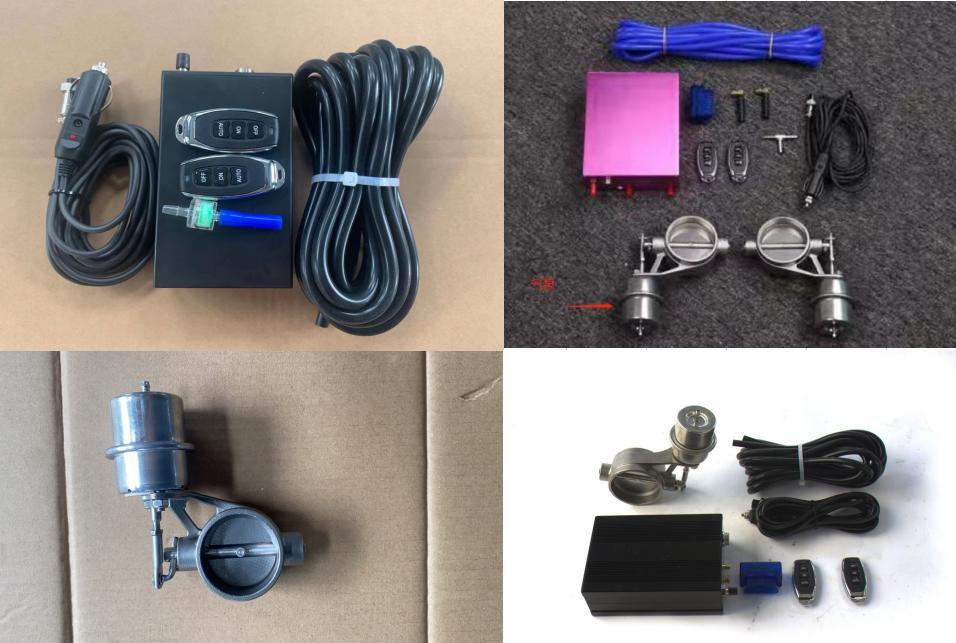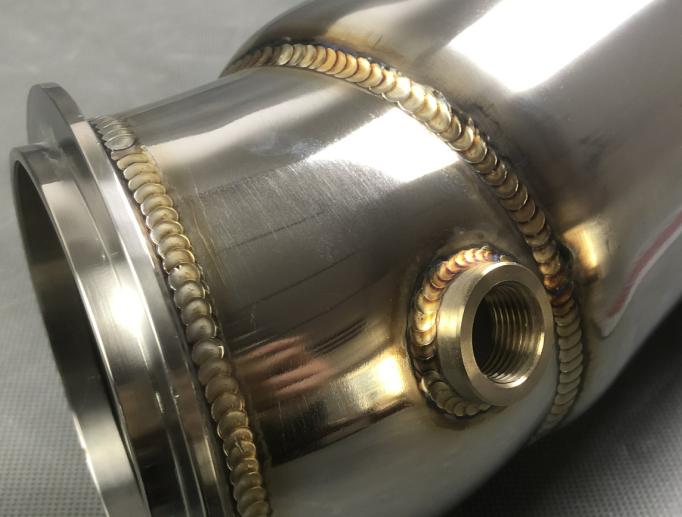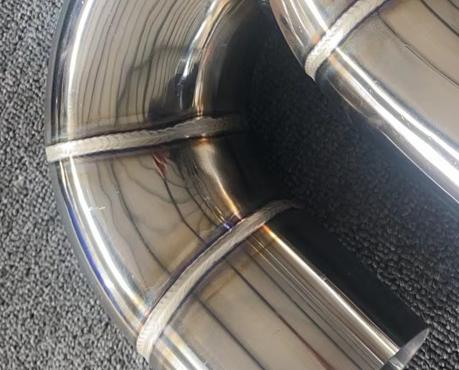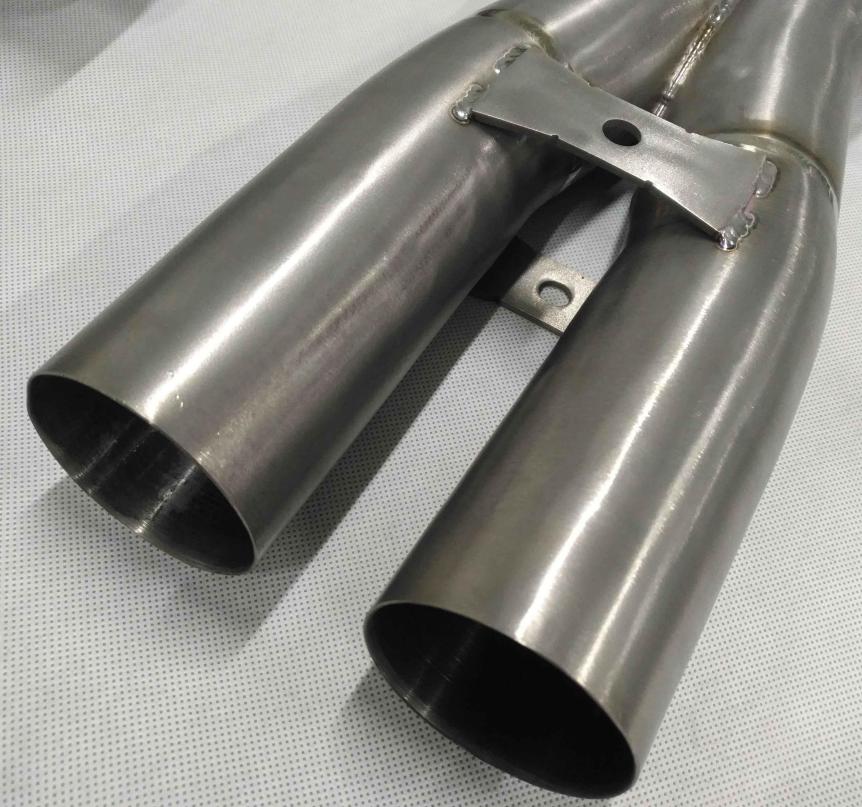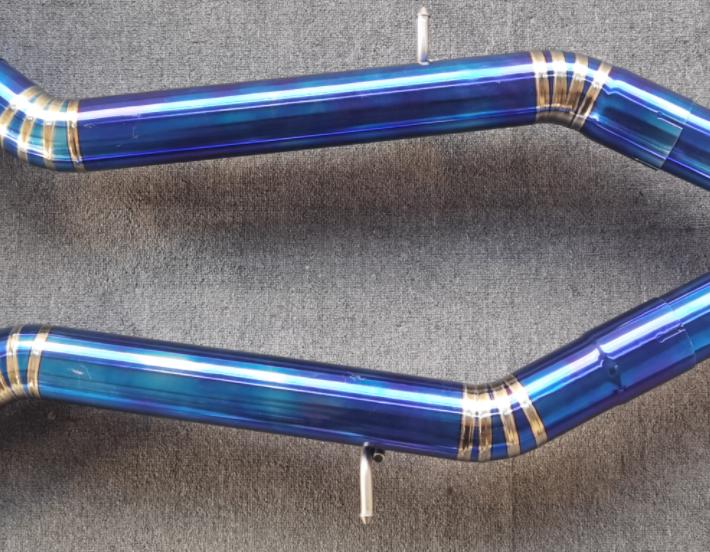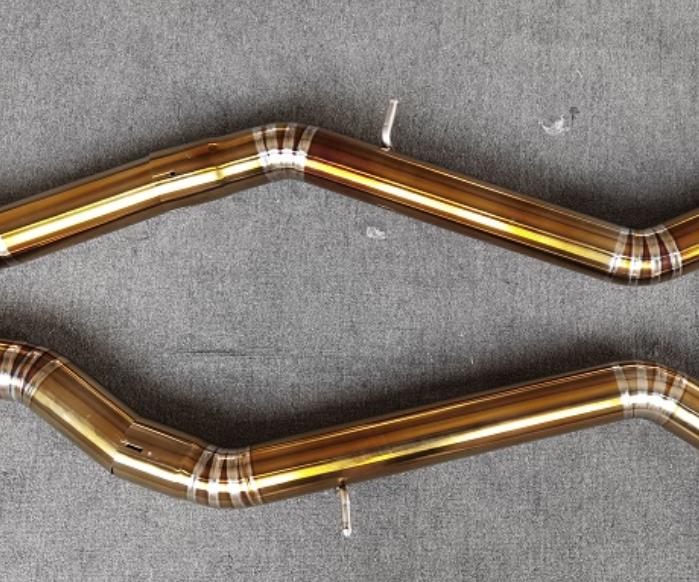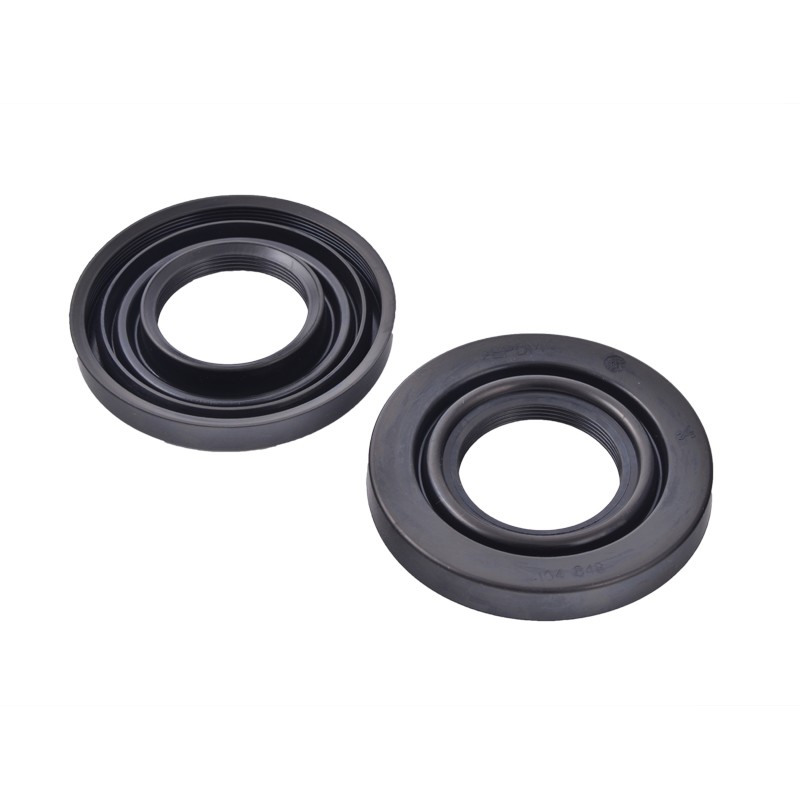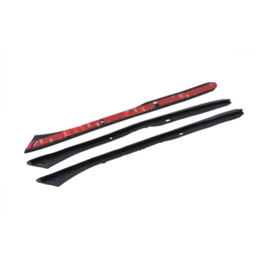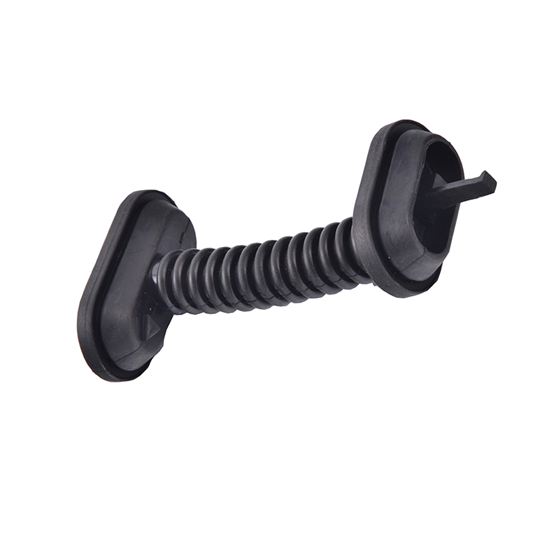Regarding the air intake, Jagrow currently has three air intake materials to choose from, namely carbon fiber, titanium alloy and aluminum. So how to choose an air intake that is more suitable?
Material: The carbon fiber air intake kit is made from high-quality carbon fiber material, which is lightweight, durable, and has a high strength-to-weight ratio.
Design: The carbon fiber material gives the intake kit a sleek and modern look. It often features a pattern of interwoven carbon strands, which adds a unique and visually appealing design element.
Performance: Carbon fiber has excellent heat insulation properties, helping to keep the intake air cooler, which can improve engine performance by providing denser and cooler air for combustion.
Weight: Carbon fiber is significantly lighter than other materials like aluminum or titanium, reducing the overall weight of the air intake system and potentially improving the vehicle's power-to-weight ratio.
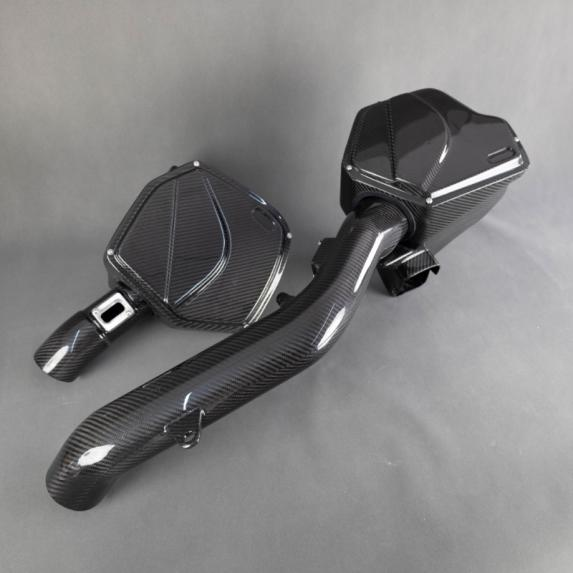
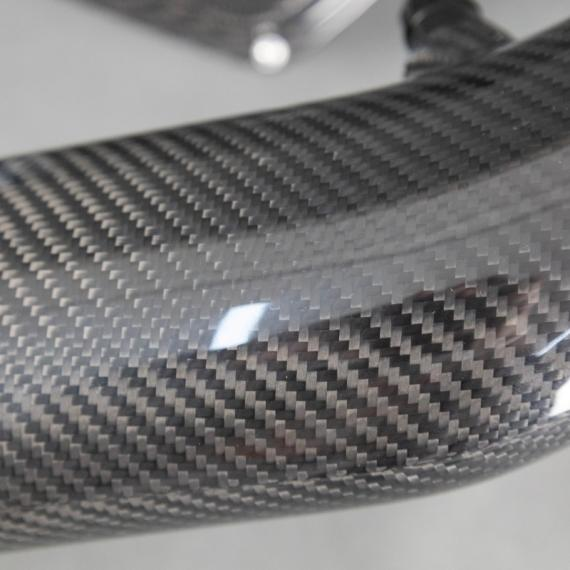
Material: The titanium air intake kit is constructed from titanium, which is a strong, lightweight, and corrosion-resistant material.
Durability: Titanium is known for its exceptional durability and resistance to high temperatures, making it an ideal material for applications that require strength and heat resistance.
Performance: Similar to carbon fiber, titanium also has excellent heat insulation properties, helping to keep the intake air cooler for improved performance.
Design: Titanium air intake kits often have a metallic finish, which can give a modern and sophisticated look to the engine bay.
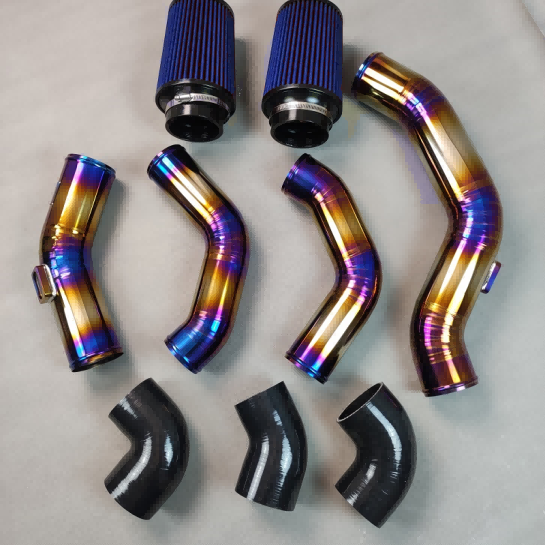
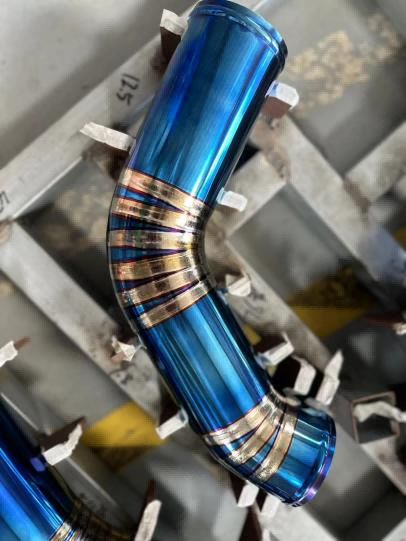
Material: The aluminum air intake kit is made from lightweight aluminum alloy, known for its strength and durability.
Design: Aluminum intake kits can be designed with various finishes, such as polished or anodized, giving a metallic and industrial look.
Performance: While aluminum does not provide the same level of heat insulation as carbon fiber or titanium, it is still a popular choice for air intake kits due to its light weight and affordability.
Customization: Aluminum intake kits can be easily customized or modified, allowing car enthusiasts to personalize the appearance and performance according to their preferences.
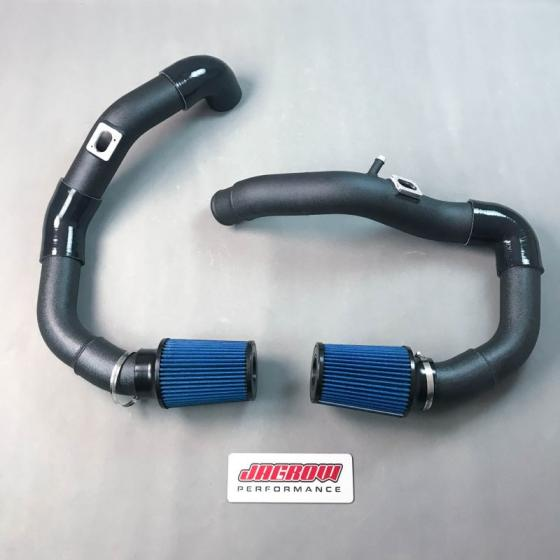
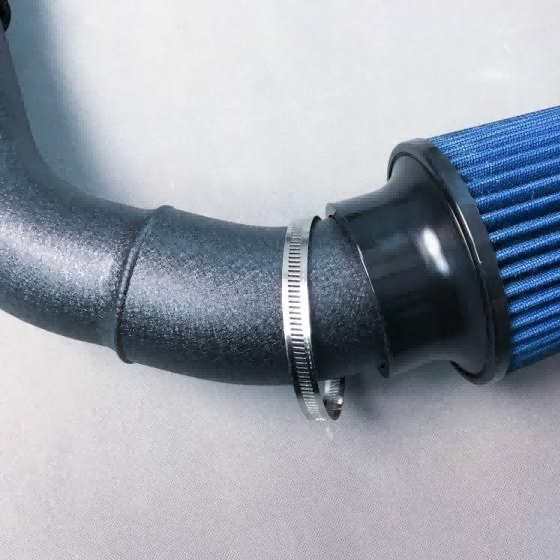
In summary, the main differences between carbon fiber, titanium, and aluminum air intake kits lie in the materials used, design aesthetics, performance characteristics, and weight. Carbon fiber offers lightweight strength with a sleek appearance, titanium provides strength and heat resistance with a metallic finish, and aluminum offers affordability and customization options.Please feel free to contact us if you have any needs or questions,thanks you!
